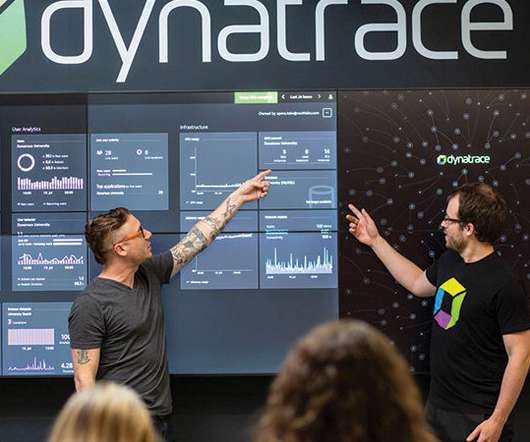What are microservices? An agile architecture for software development
Dynatrace
AUGUST 17, 2021
Microservices are run using container-based orchestration platforms like Kubernetes and Docker or cloud-native function-as-a-service (FaaS) offerings like AWS Lambda, Azure Functions, and Google Cloud Functions, all of which help automate the process of managing microservices. Watch webinar now! Focused on delivering business value.












Let's personalize your content